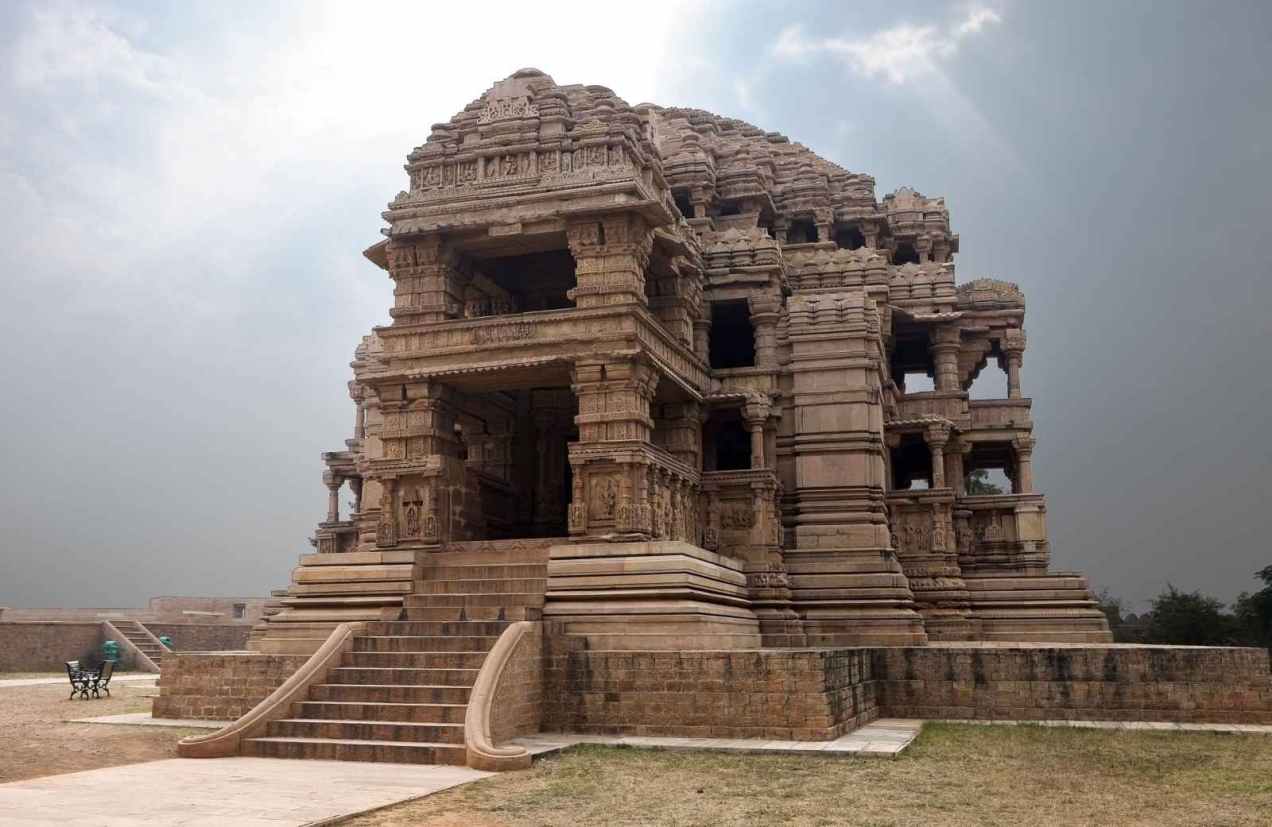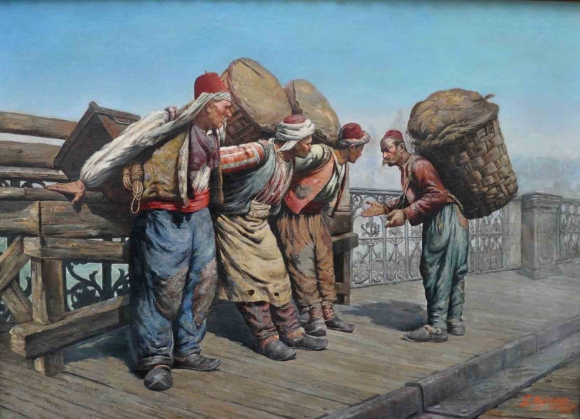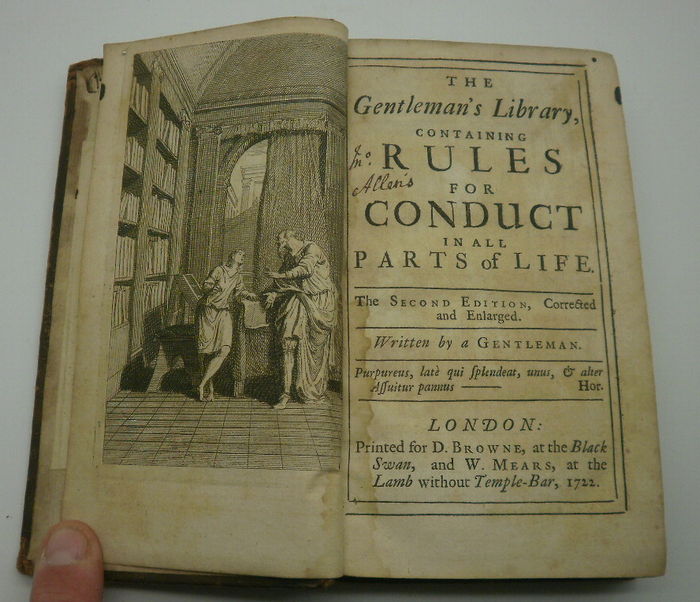The financial items which have been adopted by Bulgaria are the lev (having the worth of 1 franc) and the stotinka (centime), being the hundredth a part of a lev.
For some years after the creation of the Principality, the Authorities discovered it unimaginable to introduce any nationwide cash. It needed to tolerate the circulation of every kind of international cash—Servian, Roumanian, Russian, and many others., cash which inundated the market.
In 1881 the Authorities put into circulation two million francs of Bulgarian copper cash, however these, in addition to the twelve million of silver cash which had been issued in 18831884, proved fairly inadequate to drive away the international cash, in order that the latter continued to be tour packages balkan utilized in all industrial transactions. It was not till 1887 that the Authorities prohibited the circulation of Servian and Roumanian cash,
COMPARATIVE TABLE OF TRANSACTIONS OF THE POST OFFICE
Quantity. FT Quantity. FT. CL
1*96 eight,186 — eight,×86 37.336 I.35*,693 6,888 533,5*7 — — — —
1S97 9.390 36 9.554 53.783 three^37.086 *three.434 *461,706 *5 5,640 three,100 7,740
1898 xx,670 120 11.330 75,043 four.663,339 47,**6 three,696,833 40 10,864 *four*zero 13.374
1899 xx,9X7 340 11.377 83.eight*1 5.347,93* 70,333 four,9×6,801 85 *three.893 *.743 18,638
1900 12,eight a 1 494 12.327 90.963 6,346,603 76,309 5»559»**6 80 19.*5® three.1*5 **,373
1901 *three»*33 652 14,6OX 114.675 eight,195,306 85.741 6^81,9*1 30 449 3403 *6,35*
190a *7.048 745 16,303 131,503 9439,5*5 96,630 eight,188,560 95 9,374
three.778 33.13*
X903 17.786 846 16,940 139.361 10,446,333 93467 7,943.381 95 35.880 four.079 39.959
X904 30,090 1,131 18,969 176,387 14,866,735 105,87* »
10403,063 44 four*,S*eight three,zero33 47,*8o
1903 26,160 1,304 *four.956 198,876 1×eight,zero33,zero33 1*1,330 i*,75*.i5o; 70 54.three*7 three,367 59.654
Complete 150,521 three,558 148,963 1101,850 81,927,960 7H/549 62,538,362 84 236405 33,zero×7 268432
Whereas in 1887 the identical measure was prolonged to the Russian roubles.
The next desk incorporates the years throughout which the assorted Bulgarian cash had been issued:
Ynn. Lev in gold. Uf iii silver. Copper cash. Nickel cash.
1881 — — 2,100,000 —
1883 — 10,000,000 — —
1884 — 2,500,000 — —
1885 — 7,130,000 — —
1886 — 370,000 — —
1888 — — — three,000,000
Z89I — eight,000,000 — —
1892 — 5,000,000 — —
1894 three,000,000 12,000,000 — —
1901 — — 1,000,000 —
Complete three,000,000 45,000,000 three,100,000 three,000,000
Fairly just lately an additional inventory of nickel cash was put in circulation.
The gold cash comprise items of 100, 20, and 10 levs.
The inventory of silver cash consists of cash of 5, 2, 1, and zero*50 francs.
The inventory of copper cash consists of cash of 20, 10, 5,2, and 1 centimes.
The inventory of nickel cash consists of cash of 20,10,5, and a pair of*50 centimes.
The usual of Bulgarian cash is within the case of the gold cash and the silver cash of 5 francs, and of within the case of the silver cash of two, 1, and zero*50 francs.
The load of the gold and silver cash is identical as that adopted by the Latin financial conference, viz.: 6*4516 grammes within the 20 franc gold items, and 5 grammes for the silver franc.
Customary.—The Bulgarian financial system is predicated on the double commonplace of gold and silver. There’s nearly all the time a distinction between the gold and the silver, to the benefit of the primary. At current, nevertheless, the agio between the 2 has virtually disappeared.
No circulation of international silver or copper cash is allowed on Bulgarian territory. The gold cash of the nations belonging to the Latin Union are acquired at their nominal worth. Thus, a chunk of 20 frs. in gold is accepted in cost of 20 levs in gold. As for the opposite international gold cash, their worth is regulated by the next charge, which has been established by the Authorities:
One pound sterling of 20 shillings = 25 levs in gold
Eight Austrian florins = 20 „ „
One Austrian ducat = 11 „ „ 60 ct.
Twenty German marks = 24 „ „ 50 „
One pound Turkish = 22 „ „ 60 „
One half Imperial of^ 5 j Issued J
Russian roubles .. I between ( = 20 „ „ 50 „
One piece of three Russian | 1861 and f
roubles ) 1886 J = 12 „ „ 30 „
One Imperial of 10 Russian roubles
(issued after 1880) = 40 „ „ —
One Imperial of 15 Russian roubles
(issued after 1897) = 40 „ „ —
One piece of 10 Russian roubles
(issued after 1897) = 26 „ „ 50 „
The smaller gold cash of those nations are accepted at proportionate values.
All the opposite international cash which aren’t included within the conference of the Latin Union are additionally acquired in cost, supplied they belong to the metric system.









